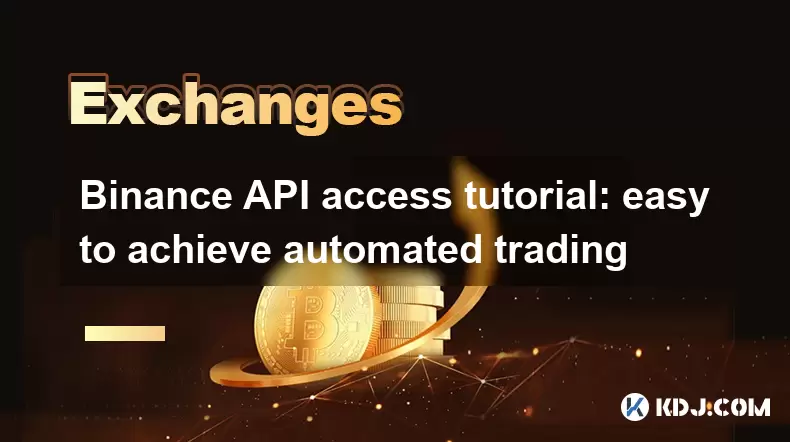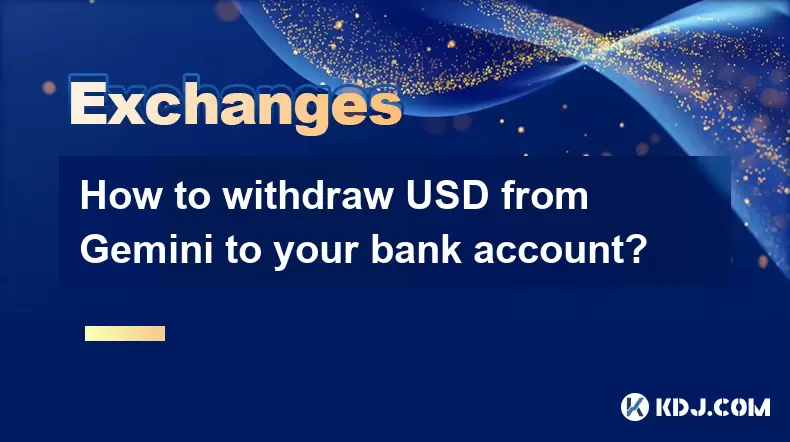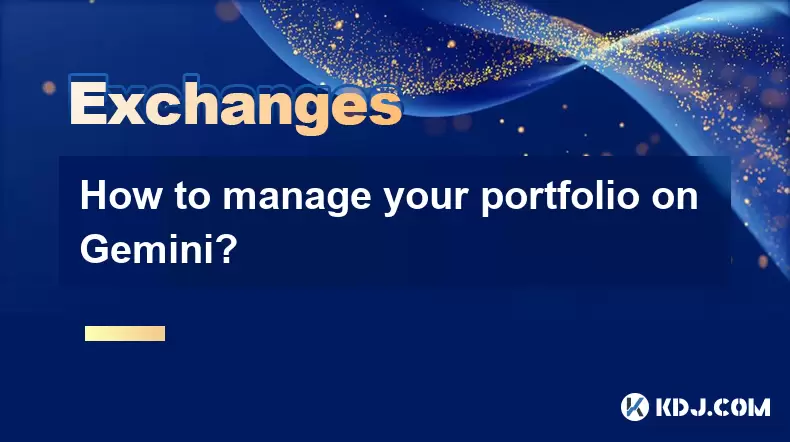-
 Bitcoin
Bitcoin $115200
0.74% -
 Ethereum
Ethereum $3730
6.71% -
 XRP
XRP $3.075
4.85% -
 Tether USDt
Tether USDt $1.000
0.01% -
 BNB
BNB $766.1
1.85% -
 Solana
Solana $168.7
4.22% -
 USDC
USDC $0.9999
0.00% -
 Dogecoin
Dogecoin $0.2097
5.42% -
 TRON
TRON $0.3327
1.72% -
 Cardano
Cardano $0.7547
4.04% -
 Stellar
Stellar $0.4156
4.83% -
 Hyperliquid
Hyperliquid $38.77
1.37% -
 Sui
Sui $3.589
4.15% -
 Chainlink
Chainlink $17.09
4.86% -
 Bitcoin Cash
Bitcoin Cash $574.6
5.82% -
 Hedera
Hedera $0.2523
1.95% -
 Avalanche
Avalanche $23.01
7.68% -
 Ethena USDe
Ethena USDe $1.001
-0.02% -
 Litecoin
Litecoin $120.4
9.83% -
 Toncoin
Toncoin $3.426
-4.06% -
 UNUS SED LEO
UNUS SED LEO $8.918
-0.53% -
 Shiba Inu
Shiba Inu $0.00001250
2.49% -
 Uniswap
Uniswap $9.956
8.52% -
 Polkadot
Polkadot $3.724
3.26% -
 Monero
Monero $304.7
0.19% -
 Dai
Dai $0.9999
-0.01% -
 Bitget Token
Bitget Token $4.394
1.48% -
 Cronos
Cronos $0.1400
6.96% -
 Pepe
Pepe $0.00001076
2.83% -
 Aave
Aave $268.4
3.45%
Binance API access tutorial: easy to achieve automated trading
Binance API enables automated trading and account management through secure, authenticated endpoints for developers.
Jun 20, 2025 at 08:21 am

Introduction to Binance API
The Binance API provides a powerful interface that allows developers and traders to interact with the Binance exchange programmatically. This includes retrieving market data, placing trades, checking account balances, and much more. The API is especially useful for those interested in automated trading strategies, as it enables bots or scripts to execute trades based on predefined conditions.
Before diving into implementation, users must first create an account on Binance and generate an API key. This key serves as authentication for accessing private endpoints of the API. Public endpoints, such as price data retrieval, do not require an API key. However, for any operation involving user-specific data or actions, such as order placement, an API key is mandatory.
Generating Your Binance API Key
To generate your API key, follow these steps:
- Log in to your Binance account.
- Navigate to the [User Profile] section under the dropdown menu at the top right corner.
- Click on [API Management].
- Click the [Create API] button.
- Enter a name for your API key and complete the security verification.
- Confirm the creation via email and 2FA if enabled.
Once created, you will be shown your API Key and Secret Key. It’s crucial to store both securely, as they grant full access to your account depending on the permissions set.
Understanding Binance API Endpoints
The Binance API offers several types of endpoints, including Market Data Endpoints, Order Endpoints, and Account Endpoints. Each serves a different purpose:
- Market Data Endpoints allow you to retrieve information such as current prices, order book depth, and historical trade data.
- Order Endpoints enable you to place, cancel, and query orders. These require authentication using your API and secret keys.
- Account Endpoints provide access to user-specific information like balance, transaction history, and open orders.
Each endpoint has specific parameters and rate limits. For example, the /api/v3/account endpoint requires a timestamp and signature generated using your secret key. Proper handling of timestamps and signatures is essential to avoid rejected requests.
Setting Up Your Development Environment
To begin interacting with the Binance API, you need a development environment capable of sending HTTP requests and processing JSON responses. Python is a popular choice due to its simplicity and availability of libraries such as requests, pandas, and ccxt.
Here's how to set up a basic Python environment:
- Install Python (preferably version 3.7 or higher).
- Create a virtual environment using
python -m venv env. - Activate the environment (
source env/bin/activateon Unix orenv\Scripts\activateon Windows). - Install required packages:
pip install requests pandas ccxt.
Once the environment is ready, you can start writing scripts to call the Binance API. Ensure you have your API key and secret stored securely, perhaps in environment variables or a configuration file outside your codebase.
Writing Your First Binance API Script
With your environment configured, you can now write a script to fetch account information. Below is a simple example using the requests library:
import time
import hmac
import hashlib
import os
import requestsapi_key = os.getenv('BINANCE_API_KEY')
secret_key = os.getenv('BINANCE_SECRET_KEY')
def get_account_info():
url = "https://api.binance.com/api/v3/account"
timestamp = int(time.time() * 1000)
params = {
"timestamp": timestamp
}
query_string = '&'.join([f"{key}={value}" for key, value in params.items()])
signature = hmac.new(secret_key.encode('utf-8'), query_string.encode('utf-8'), hashlib.sha256).hexdigest()
headers = {
"X-MBX-APIKEY": api_key
}
response = requests.get(url + "?" + query_string + "&signature=" + signature, headers=headers)
return response.json()
print(get_account_info())
This script sends an authenticated request to the /api/v3/account endpoint and prints the response. Make sure to replace the placeholder values with your actual API and secret keys.
Implementing Automated Trading Strategies
Once you’re comfortable retrieving account and market data, the next step is to implement automated trading strategies. A basic strategy might involve buying when the price crosses above a moving average and selling when it falls below.
To implement this:
- Use the
/api/v3/klinesendpoint to fetch historical price data. - Calculate the moving average using a library like
pandas. - Compare the latest closing price with the moving average.
- If the price is above the moving average and no position is held, place a buy order using the
/api/v3/orderendpoint. - If the price is below the moving average and a position is held, place a sell order.
Automated trading requires careful risk management. Always test your strategy using historical data before deploying it with real funds. Additionally, ensure your script handles errors gracefully, especially network-related issues or API rate limiting.
Frequently Asked Questions
Q: Can I use multiple API keys for different trading strategies?
Yes, Binance allows users to generate multiple API keys. Each key can have different permissions and IP restrictions, making it ideal for managing separate trading strategies or bots.
Q: How do I handle API rate limits effectively?
Binance imposes rate limits to prevent abuse. To stay within limits, implement delays between requests, cache frequently accessed data, and prioritize critical operations.
Q: Is it safe to store my API and secret keys in the code?
No, storing keys directly in the code is risky. Instead, use environment variables or secure configuration files that are excluded from version control systems.
Q: What should I do if my API request gets rejected?
Check the error message returned by the API. Common causes include incorrect timestamps, invalid signatures, or expired keys. Logging each request and response helps in debugging such issues.
Disclaimer:info@kdj.com
The information provided is not trading advice. kdj.com does not assume any responsibility for any investments made based on the information provided in this article. Cryptocurrencies are highly volatile and it is highly recommended that you invest with caution after thorough research!
If you believe that the content used on this website infringes your copyright, please contact us immediately (info@kdj.com) and we will delete it promptly.
- Cryptocurrency, Altcoins, and Profit Potential: Navigating the Wild West
- 2025-08-04 14:50:11
- Blue Gold & Crypto: Investing Disruption in Precious Metals
- 2025-08-04 14:30:11
- Japan, Metaplanet, and Bitcoin Acquisition: A New Era of Corporate Treasury?
- 2025-08-04 14:30:11
- Coinbase's Buy Rating & Bitcoin's Bold Future: A Canaccord Genuity Perspective
- 2025-08-04 14:50:11
- Coinbase's Buy Rating Maintained by Rosenblatt Securities: A Deep Dive
- 2025-08-04 14:55:11
- Cryptos, Strategic Choices, High Returns: Navigating the Meme Coin Mania
- 2025-08-04 14:55:11
Related knowledge

How to set and manage alerts on the Gemini app?
Aug 03,2025 at 11:00am
Understanding the Gemini App Alert SystemThe Gemini app offers users a powerful way to stay informed about their cryptocurrency holdings, price moveme...

How to use the Gemini mobile app to trade on the go?
Aug 04,2025 at 09:14am
Setting Up the Gemini Mobile AppTo begin trading on the go using the Gemini mobile app, the first step is installing the application on your smartphon...

What to do if you forgot your Gemini password?
Aug 04,2025 at 03:42am
Understanding the Role of Passwords in Gemini AccountsWhen using Gemini, a regulated cryptocurrency exchange platform, your password serves as one of ...

What are the websocket feeds available from the Gemini API?
Aug 03,2025 at 07:43pm
Overview of Gemini WebSocket FeedsThe Gemini API provides real-time market data through its WebSocket feeds, enabling developers and traders to receiv...

How to withdraw USD from Gemini to your bank account?
Aug 04,2025 at 11:01am
Understanding Gemini and USD WithdrawalsGemini is a regulated cryptocurrency exchange platform that allows users to buy, sell, trade, and store digita...

How to manage your portfolio on Gemini?
Aug 03,2025 at 10:36am
Accessing Your Gemini Portfolio DashboardTo begin managing your portfolio on Gemini, you must first log in to your account through the official websit...

How to set and manage alerts on the Gemini app?
Aug 03,2025 at 11:00am
Understanding the Gemini App Alert SystemThe Gemini app offers users a powerful way to stay informed about their cryptocurrency holdings, price moveme...

How to use the Gemini mobile app to trade on the go?
Aug 04,2025 at 09:14am
Setting Up the Gemini Mobile AppTo begin trading on the go using the Gemini mobile app, the first step is installing the application on your smartphon...

What to do if you forgot your Gemini password?
Aug 04,2025 at 03:42am
Understanding the Role of Passwords in Gemini AccountsWhen using Gemini, a regulated cryptocurrency exchange platform, your password serves as one of ...

What are the websocket feeds available from the Gemini API?
Aug 03,2025 at 07:43pm
Overview of Gemini WebSocket FeedsThe Gemini API provides real-time market data through its WebSocket feeds, enabling developers and traders to receiv...

How to withdraw USD from Gemini to your bank account?
Aug 04,2025 at 11:01am
Understanding Gemini and USD WithdrawalsGemini is a regulated cryptocurrency exchange platform that allows users to buy, sell, trade, and store digita...

How to manage your portfolio on Gemini?
Aug 03,2025 at 10:36am
Accessing Your Gemini Portfolio DashboardTo begin managing your portfolio on Gemini, you must first log in to your account through the official websit...
See all articles

























































































